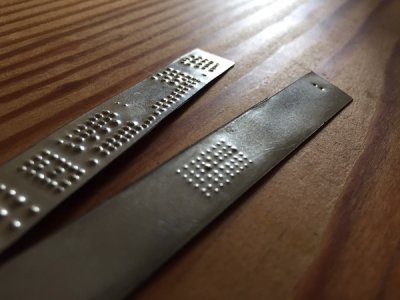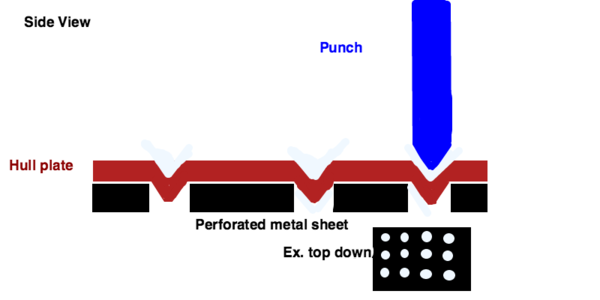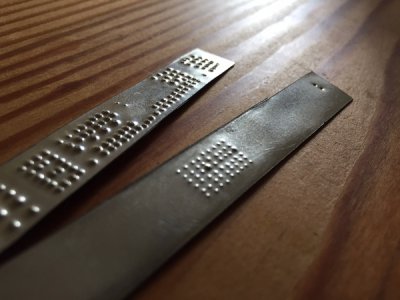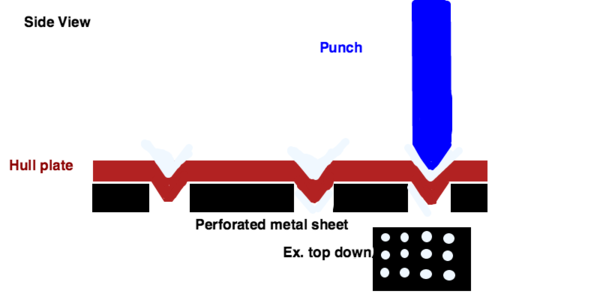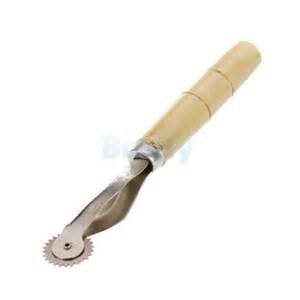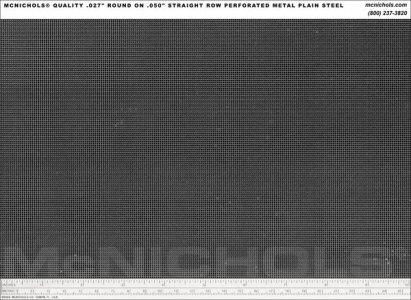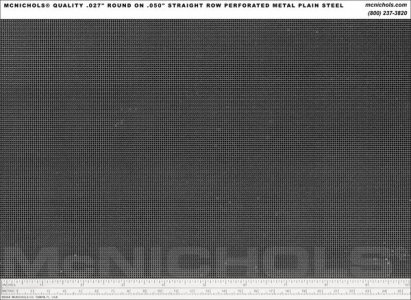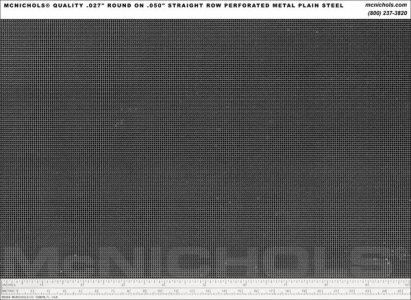- Joined
- Sep 7, 2015
- Messages
- 16
Thanks for those suggestions. The ball bearing idea is pretty cool and would give nice rounded heads but still drilling just a divot and soldering that much through the thin 0.010" tinplate would be damn near impossible at first glance. I hadn't thought of it before so I'll keep that idea up my sleeve now. Thanks.
Those decal strips are an option too. I might buy a sheet and see what's up with them. Thanks for that suggestion.
It looks like photo-etching or punching the rivets are what folks have done in the past. Both look fuuun.
Those decal strips are an option too. I might buy a sheet and see what's up with them. Thanks for that suggestion.
It looks like photo-etching or punching the rivets are what folks have done in the past. Both look fuuun.

